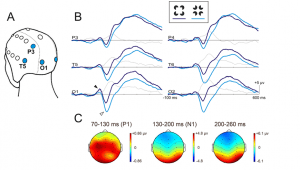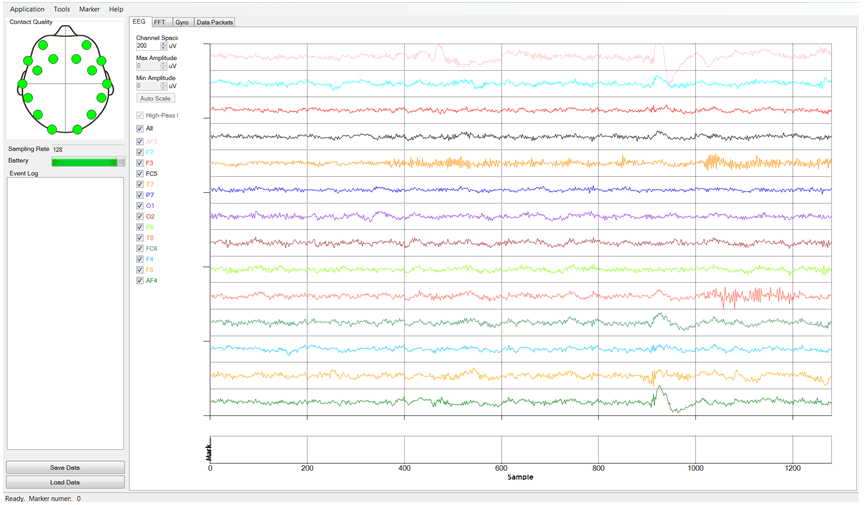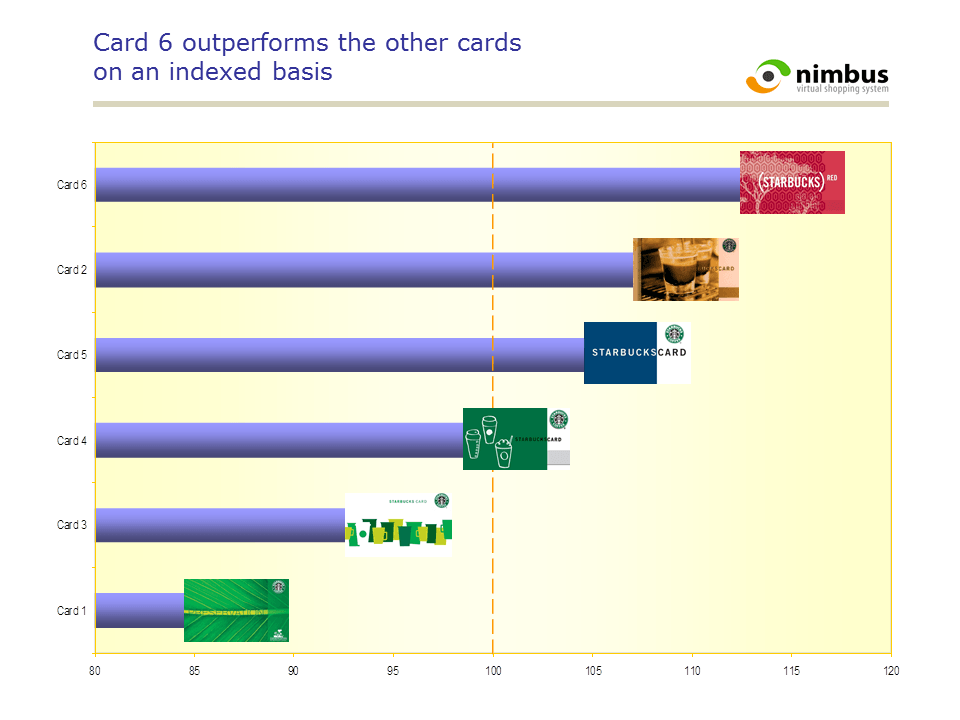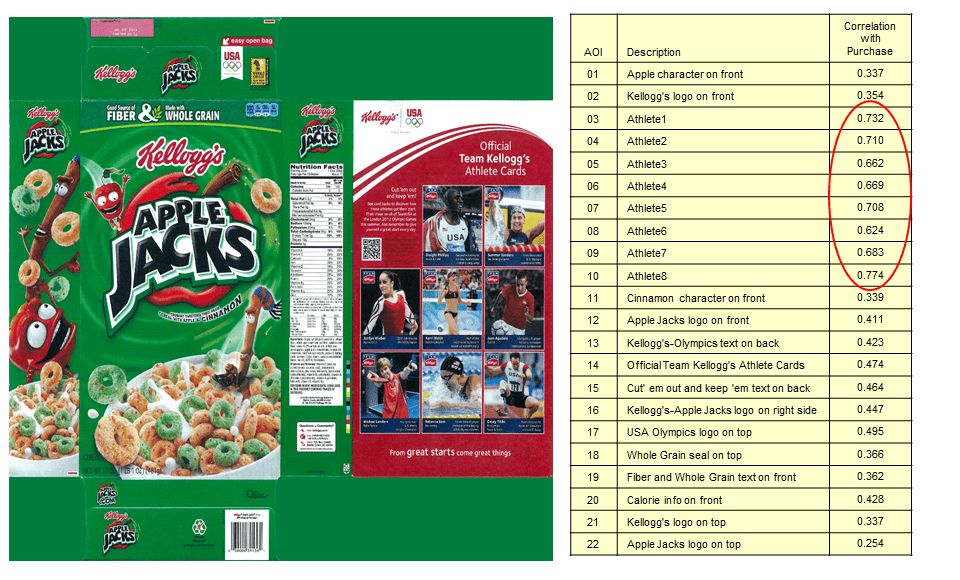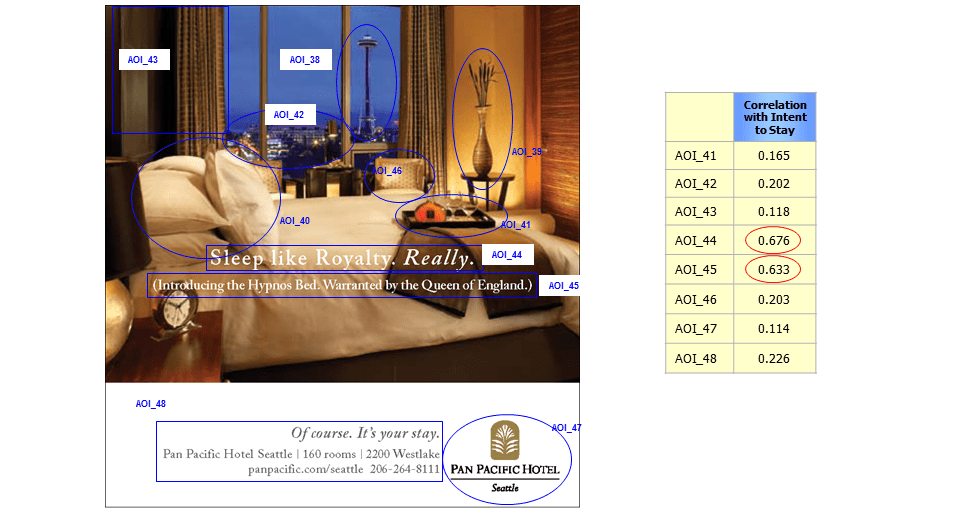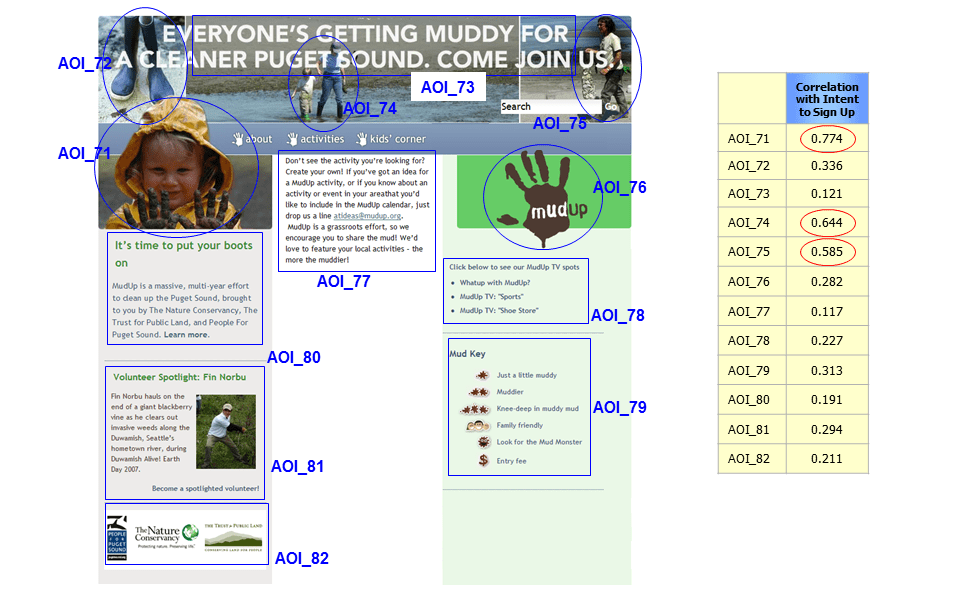Neuroscience in Marketing
While there’s a good deal of debate and controversy about about what neuroscience can establish at reasonable cost for market researchers, Cascade Strategies nevertheless keeps the focus on a simple question:
“Are all the elements of your marketing materials working as hard as they can to produce the outcomes you want?”
Your marketing materials can be anything — a print ad, a package, a website, a physical product, whatever. The outcome you want is typically sales, but that too can be anything you want it to be — intent to purchase, recommendation, positive brand association, etc.
To answer this question for you, we use a powerful technology called NeuroNimbus from our subsidiary company, Nimbus Online, Inc.
Using a patent pending process, NeuroNimbus combines with advanced eye tracking to determine the brain state of market research respondents at precisely the moments (in milliseconds) they are focused on specific parts of your marketing materials. We call these parts Areas of Interest, or AOI’s. Examples of brain states are:
- Short-term Excitement (arousal)
- Frustration (confusion)
- Long-term Excitement (pleasure)
- Engagement (understanding).
In practice, the brain state can be modeled for whatever psychological condition is most meaningful to you. For example, for certain clients we have modeled the brain state of “disappointment.” The key is…you tell us what is most critical for you to learn about your marketing materials.
What you discover by using NimbusTouch
So if you had a display like this:
…you could learn which of these items had the greatest impact on the brain state of Short-term Excitement.
This same principle can be applied at an even deeper level. For example, if you wished to learn whether the addition of certain athletes to a cereal package had any measurable effect on sales, you could determine whether positive brain states occurring while respondents are focused on the AOI’s relating to those athletes are correlated with sales. This is unique in the industry.

